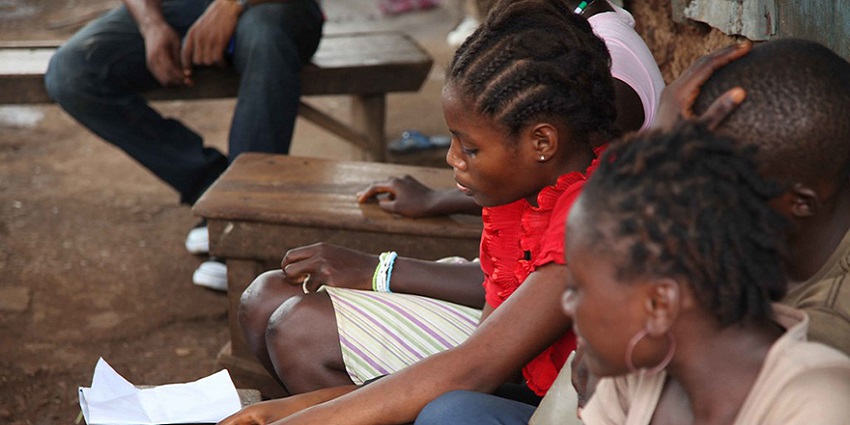
In the first half of 2019, the Grameen Crédit Agricole Foundation made new investments, including three in new countries. For the first time, it funded the LAPO microfinance institution in Sierra Leone for an amount equivalent to € 385,000. LAPO’s mission is to provide financial services that meet the needs of economically active people in a cost-effective and innovative way. It is an MFI that is committed to developing the microfinance industry in Sierra Leone based on microfinance best practices and enhancing the microfinance sector in relation to further developing a credit culture. To date, the institution has nearly 22,000 active borrowers, 97.3% of whom are women. 74% of its clientele is located in rural areas.
The Foundation has also made an initial financing equivalent to € 500,000 to the Nigerian microfinance institution ACEP Niger. ACEP Niger is an MFI specialised in financing very small businesses in urban areas. It manages loans and savings products for urban and peri-urban small and micro-enterprises rejected by the traditional banking system. In accordance with its corporate social responsibility focus, ACEP Niger has adopted the SMART Campaign Client Protection Principles. It thus protects its borrowers against over-indebtedness. To date, the institution has nearly 4,000 clients, about 25% of whom are women. The entire ACEP Niger clientele is located in urban areas.
Lastly, the Foundation also granted a first loan worth € 493,000 to VisionFund Rwanda, a microfinance institution, subsidiary of VisionFund International whose mission is to provide financial and non-financial services to underprivileged rural communities. VisionFund Rwanda serves vulnerable women with children and youth in rural areas and provide them with economic empowerment opportunities. Its products and strategy are focused on strengthening and providing financial services to Village Savings and Loans Associations (VSLAs) and groups. To date, the MFI has close to 12,000 active borrowers, 62% of whom are women and 85% of whom are located in rural areas.